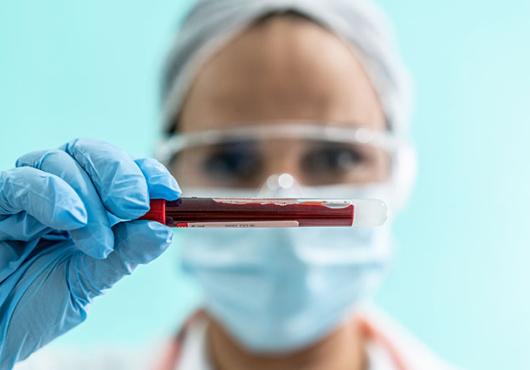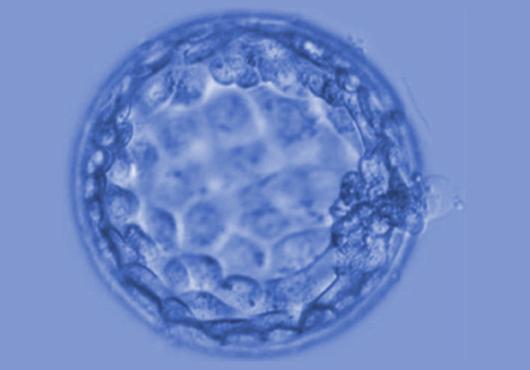
Jimi Olaghare was born with sickle cell anemia, a genetic condition so named for the sickle-shaped red blood cells that are the hallmark of the disease. Oxygen-starved, sticky, and misshapen, the cells tend to clump, causing debilitating pain crises and damage to organs like the heart, lungs, and eyes.
In Nigeria, where Olaghere spent much of his childhood, he received nothing more than acetaminophen and ibuprofen for his pain episodes. As a teenager and then as a young adult in the United States, Olaghere’s pain grew ever more agonizing. He had his gallbladder removed and suffered two heart attacks in his 30s. Hydroxyurea, one of a handful of drugs for treating sickle cell anemia, plus periodic blood transfusions and morphine drips in the ER offered only partial relief.
The sole chance for a cure was a bone marrow transplant, an uncertain proposition that entailed finding a well-matched donor and the prospect of grueling chemotherapy to wipe out his immune system. Of course, Olaghere had heard about gene editing and its promise to cure genetic illnesses, but back in 2018, it was still deemed the stuff of medical science fiction. He knew sickle cell anemia would be his lifelong companion. So, when he came across a news story about a woman with the disease who was cured by the gene-editing tool CRISPR he immediately called the doctor’s office.
Today, Olaghere is among a growing number of patients with sickle cell anemia who have undergone curative CRISPR-based gene editing. The approach involves editing the underlying genetic abnormality in a person’s stem cells so that they can make a healthy form of hemoglobin and healthy red blood cells.
Science. Medicine. Humanity.
Harvard Medicine magazine delivered to your inbox






